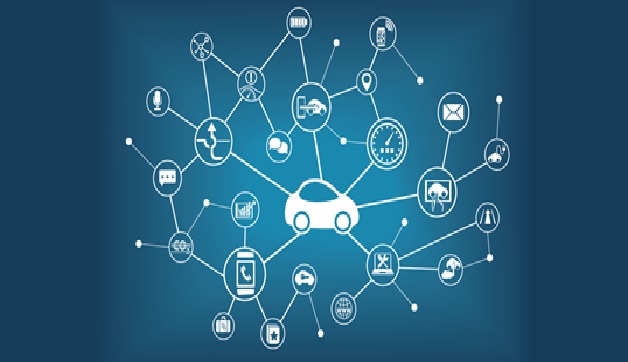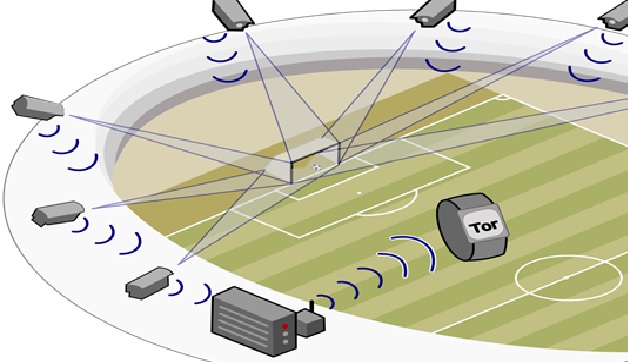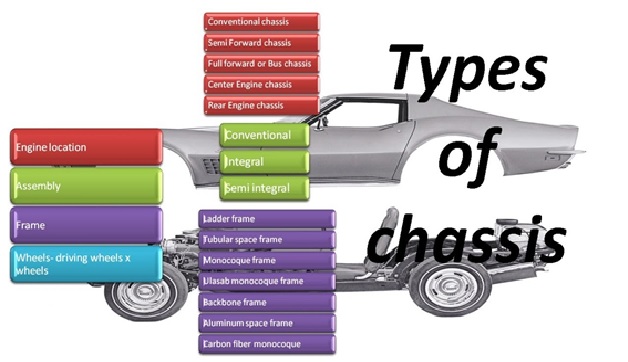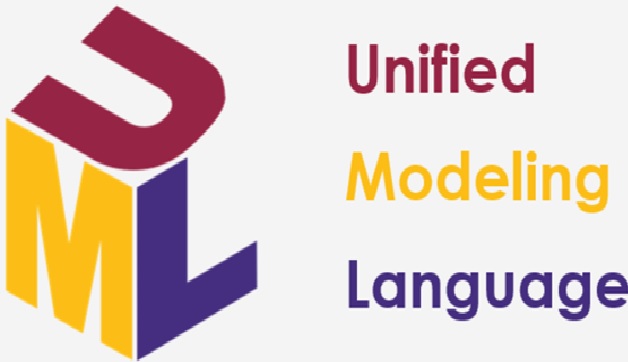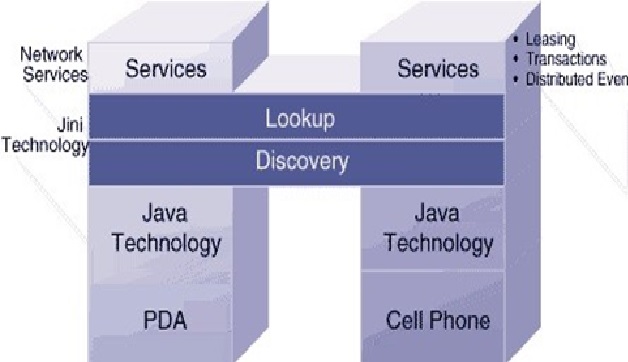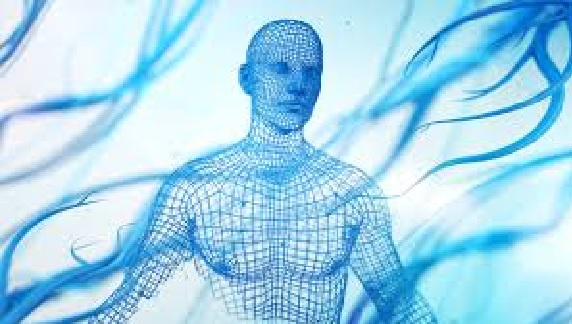Values of Total Experience
Total experience (TX) is a strategy that creates superior shared experiences by interlinking the [1] user experience (UX), customer experience (CX), multi-experience (MX), and employee experience (EX) disciplines.
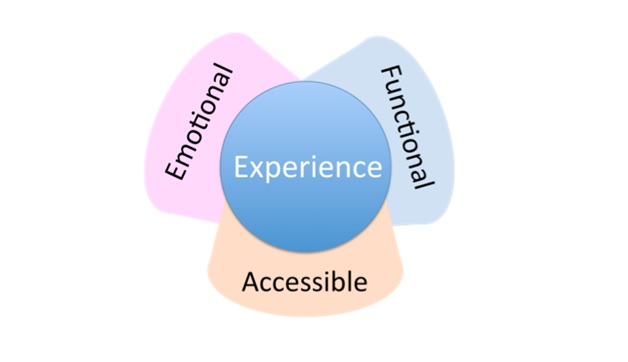
Figure 1. Total Experience
It is about more than improving the experience of one constituent—it improves experiences at the intersection of multiple constituents figure1 shown below to achieve a transformational business outcome.
TX encompasses the complete company experience, from the employee to the customer and the user. The total experience involves more than just taking care of customers—it means providing an excellent environment for employees and users as well.
Having a total experience strategy that addresses all of these areas can generate a competitive [2] advantage and help align teams that might otherwise be siloed and pursuing separate agendas.
For the end customer, an effective total experience strategy can drive better interactions, products, services, and more. For the employee, a better experience can improve employee productivity, engagement, and retention, among other key metrics.
Total-experience contains the entire company experience – employee, customer, and user. It shows the company’s activities [3] from different sides and reveals the disadvantages to fix them quickly. We know that customer experience is essential as the company has to involve the potential customer at once.
However, you also need to provide excellent conditions for your employees and users. These options create the reputation of the enterprise and increase the quality of services. All these experiences are linked by particular features and depend on each other.
Benefits of Total Experience
1. A competitive advantage
A unified experience allows organizations to build their brand directly into their experiences across the company. TX provides a competitive [4] advantage that is nearly impossible to replicate – as an organization’s core functionality, experience, and product is the brand.
This allows organizations an advantage on acquiring new customers with processes that are core to their brand essence, while also leveraging that to recruit best-in-class talent (and retain them.)
2. Integrates teams by breaking down silos
Organizations have tried to address the siloed teams issue for years, pushing for cross-functional teams and special project teams to tackle difficult problems core to their business objectives. With TX, enterprise and tech companies break down the walls between teams – allowing for better data sharing, more collaboration, clearer communication, and an overall culture of knowledge sharing that ensures all teams are leaning on one another for support and all working together to solve the most critical problems facing their companies
3. Better customer communication and support
When internal barriers are broken, better communication occurs. But TX also promotes better communication and interactions between customers and companies through integrated, on-demand, customer self-support. With an integrated TX strategy, customers are able to find answers and support for the questions and problems they have both when they need it, and on the channel they want it.
References:
- https://www.walkme.com/glossary/total-experience/
- https://blog.walkme.com/total-experience-strategy/
- https://gbksoft.com/blog/gartners-tech-trends-2021-what-is-special-about-total-experience/
- https://whatfix.com/blog/total-experience/
Cite this article:
Nandhinidwaraka. S (2021) Values of Total Experience, AnaTechMaz, pp. 56


